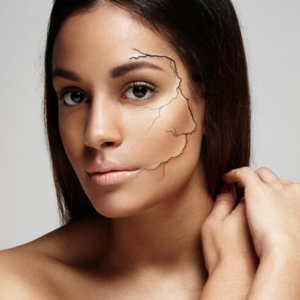
What is Scar Removal Surgery?
The scars can remind of trauma, surgeries, acne, or injuries. While some scars fade over time, others remain permanent and prominent. Scar removal surgery is a medical procedure to reduce or remove the appearance of scars and improve the skin texture. Scar removal procedures can be cosmetic and reconstructive, based on the scar’s size, location, and depth. Although some stubborn scars can’t be removed completely, modern technique can significantly reduce their appearance and blend them with the skin.
Who Needs Scar Removal Treatment?
Scar removal treatment is ideal for everyone who has scars such as:
- Surgical scars from medical procedures
- Acne scars
- Burn scars
- Keloid or hypertrophic scars that have grown larger than the original wound
- Trauma scars from injuries, cuts, or accidents
- Stretch marks or pregnancy-related scars
Procedure Details
There are various types of acne Scar removal treatments. Your health care provider will inspect the type and severity of your scar to decide the suitable treatment for you. Some of the most common types of scar removal treatment are:
Tropical Treatment – This procedure is suitable for minor scars. In this treatment, creams and medicated ointments are used to remove scars and improve skin texture.
Injectable Treatment – In this procedure, dermal fillers are used to plump up depressed scars like acne scars. It reduces inflammation, redness, and thickness in keloid and hypertrophic scars.
Resurfacing Treatment – This procedure includes laser therapy, chemical peels, and the dermabrasion technique to treat stubborn and deep scars.
Scar Removal Surgery – In this procedure, the surgeon removes the scar tissue, repositions the skin, and closes the wound to minimize the scarring. This method is ideal for treating burn scars, contractures, or large surgical scars.
What to Expect From Scar Removal Surgery?
Scar removal surgery provides immediate improvement in scar texture and appearance. It has minimal downtime, from a few days to a few weeks. You can expect gradual results as new skin forms and scars continue to fade.
What are the Risks of Scar Removal Surgery?
Although scar removal treatments are generally safe, there are potential side effects, such as:
- Temporary redness, swelling, or irritation
- Mild discomfort in the treated area
- if you are not following post-care instruction, Infection or hyperpigmentation may occur.
- If the scar does not heal properly, a new scar may form.
Hence, to minimize the risk, you should follow the aftercare guidelines appropriately.